Memphis architecture is making a dynamic comeback
Our architectural love letter from Memphis explores the American South city's dynamic built environment scene
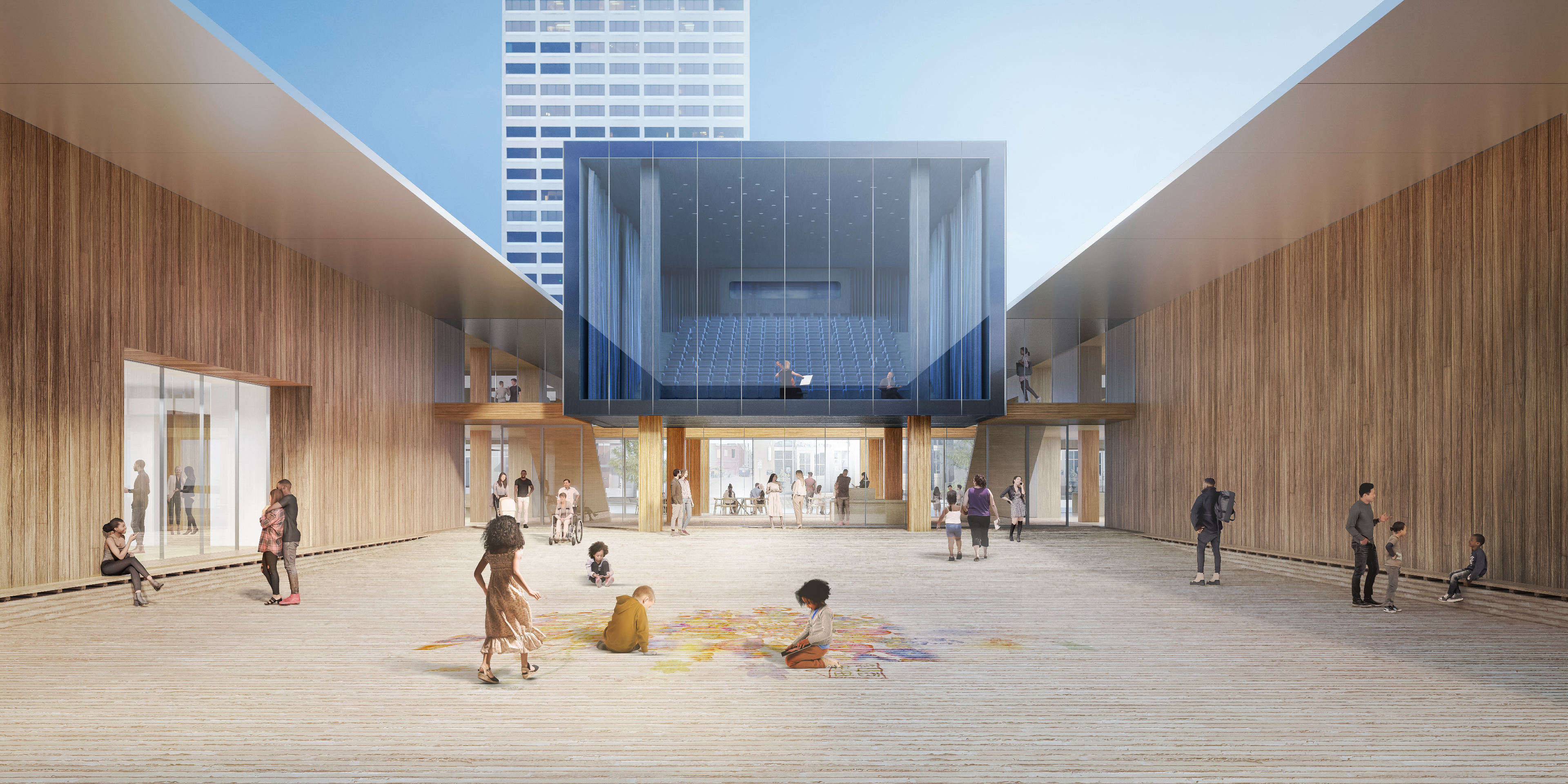
Memphis is a city that shows its scars. This once vibrant Tennessee hub fell on hard times, following the assassination of Dr Martin Luther King here in 1968 and the subsequent unrest. A mass exodus of businesses hollowed out the heart of its downtown, where for decades, haunting sweeps of the city became a ghost town. But time is gradually healing the wounds and it's the revival of Memphis’ neglected buildings that’s proving particularly therapeutic. Derelict shells are being reimagined as cultural and community cores. A historically significant church is rising from the ashes as a pivotal civil rights site. And this Memphis architecture renaissance is attracting world famous names to the table, including Herzog & de Meuron and Studio Gang. This iconic music city is finally singing a new song, or at least adding some new riffs to its storied landscape.
New and upcoming Memphis architecture
Memphis Brooks Art Museum, by Herzog & de Meuron and Archimania
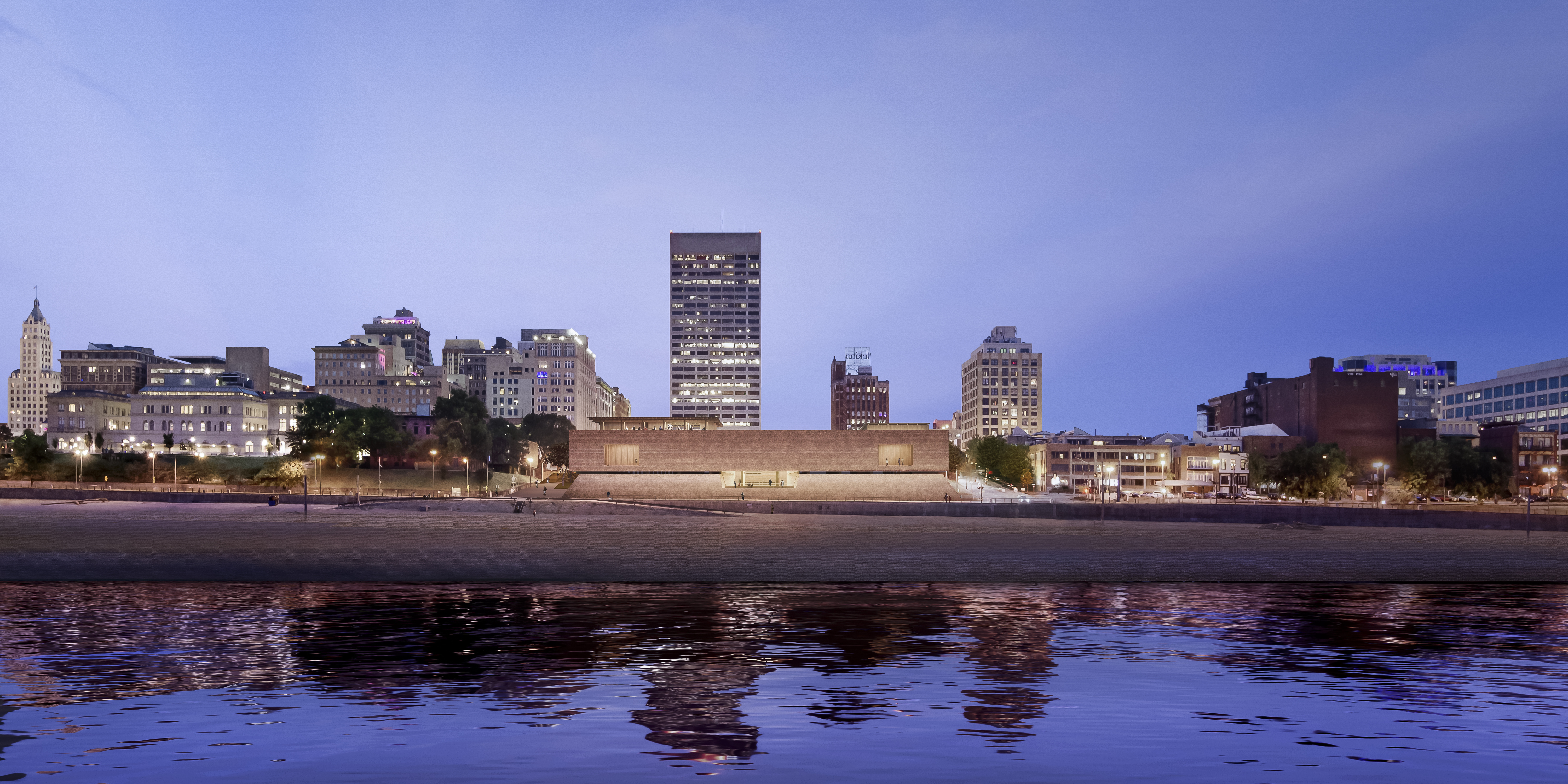
Offering a serious boost to Memphis’ regeneration efforts, Herzog & de Meuron and Memphis-based architects Archimania have unveiled their vision for the city’s new art complex, located in the downtown area overlooking the Mississippi River. Due to open in 2026, the structure will include a 175-seat glass box theatre overlooking a wooden-clad courtyard, exhibition spaces on the upper floor and a roof deck offering panoramic views of Memphis.
Tom Lee Park, Studio Gang and Scape

Forming part of a larger regeneration of six miles of its waterfront, Tom Lee Park will transform a largely barren strip of land into a network of community spaces for year-round use, with an adventure park, kinetic boardwalk and river-edge pavilions, due to open in 2023. The park also commemorates Tom Lee, an African American man who rescued 32 people from drowning, and aims to create a historic walking loop with the nearby National Civil Rights Museum.
Historic Clayborn Temple, by Self + Tucker
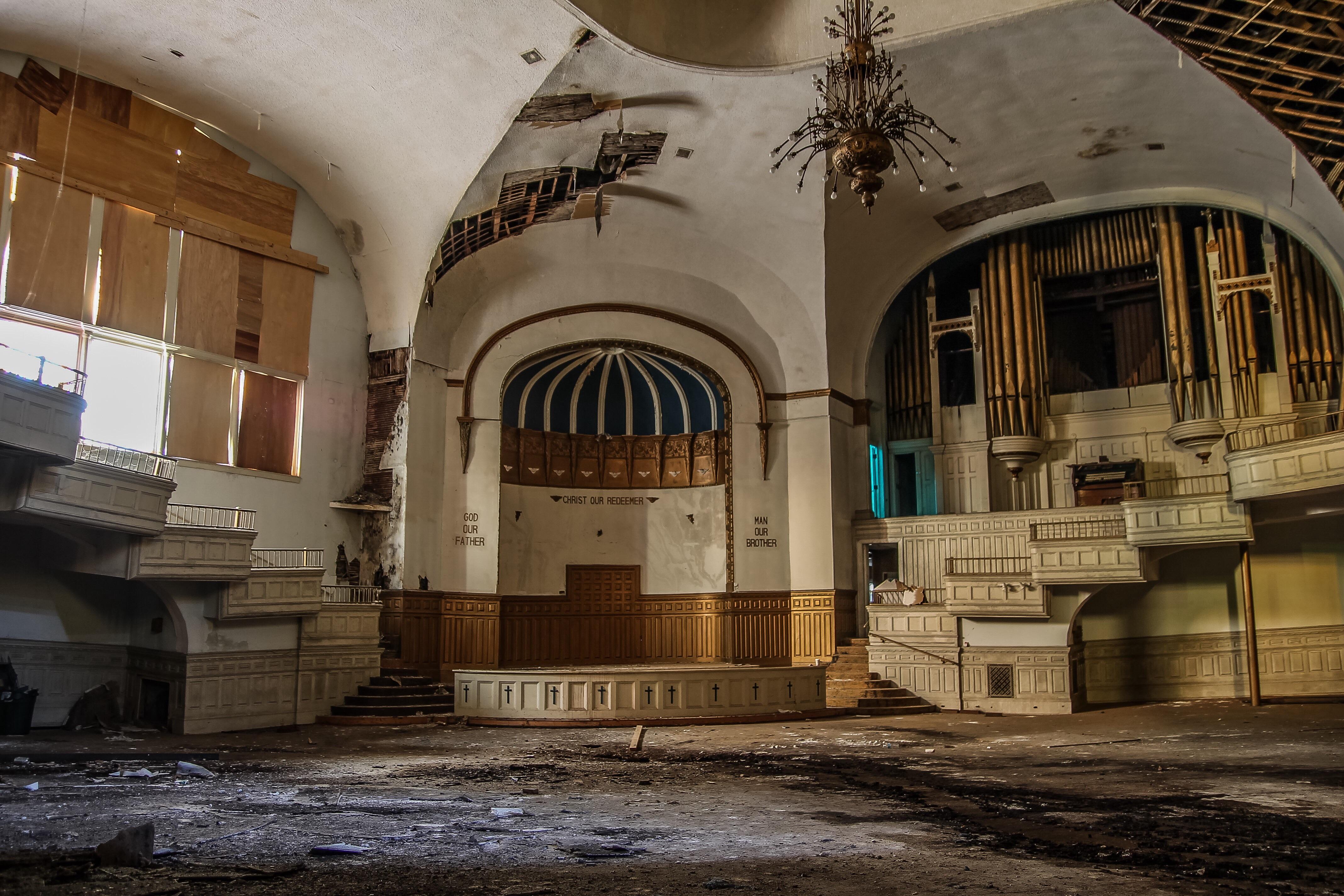
As a rallying point for the sanitation workers’ strike of 1968, this Romanesque Revival church played a crucial role in the civil rights movement but was later left vacant for a decade. Its rehabilitation is spearheaded by local architects Self + Tucker, who are major players in Memphis’ revival, alongside cultural strategist Anasa Troutman. She says: ‘Memphis could be a pilot for the future of America. There’s an opportunity here to get race and class right, so we all have communities that feel joyful and abundant.’ Work is currently underway to transform Historic Clayborn Temple into a community space and a key site on the civil rights trail, opening 2024.
Crosstown Concourse, Looney Ricks Kiss in association with Dialog
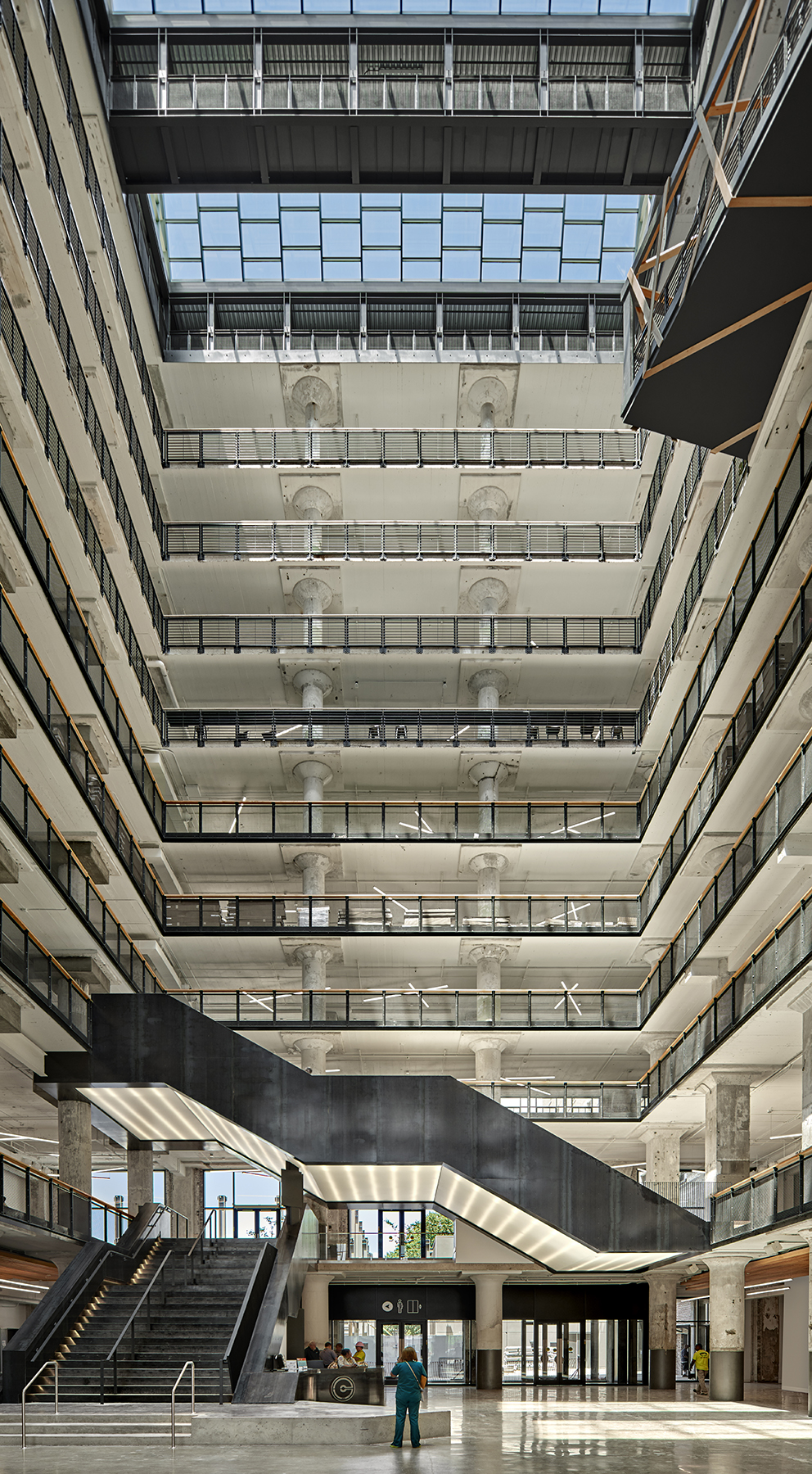
This former Sears distribution centre sat abandoned for 20 years, narrowly missing a visit from the wrecking ball. Its saviour was a tenacious local historian named Todd Richardson, who championed its metamorphosis into Crosstown Concourse: an ambitious 1.3-million-sq-ft vertical urban village deeply rooted in the arts, education and healthcare. ‘Everyone thought it was impossible,’ says Tony Pellicciotti, architect and principal at Looney Ricks Kiss (LRK), who recalls site visits involving wading through knee-high stagnant water. ‘But Memphis is an entrepreneurial, pull-yourself-up-by-your-bootstraps kind of place, so happen it did.’
Carbon Neutral Corridors, by Archimania
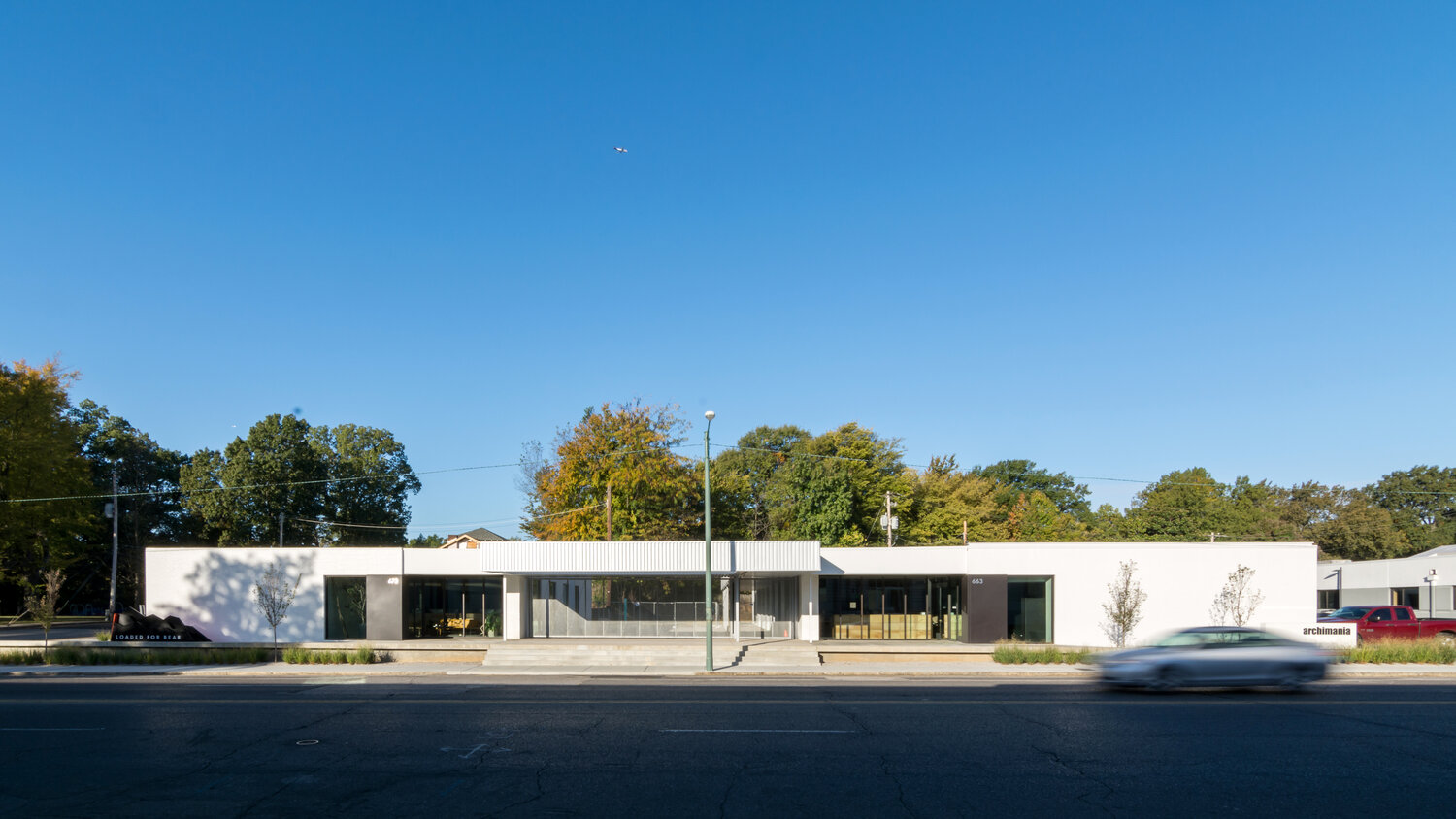
Ticking both the zero-carbon and zero-energy boxes, this high-performance build took two unloved, corporate offices in the residential Cooper Young district and upcycled them into a mixed-use micro village. Using a combination of solar panels and a geothermal system in the ground, the project now generates seven per cent more energy than it consumes. ‘This is a model for how to take an existing site that’s very ordinary, and make it extraordinary,’ says Archimania’s senior associate Jacob Davis, who hopes that this radical recycling of existing buildings will be rolled out throughout the US.
Orange Mound Tower
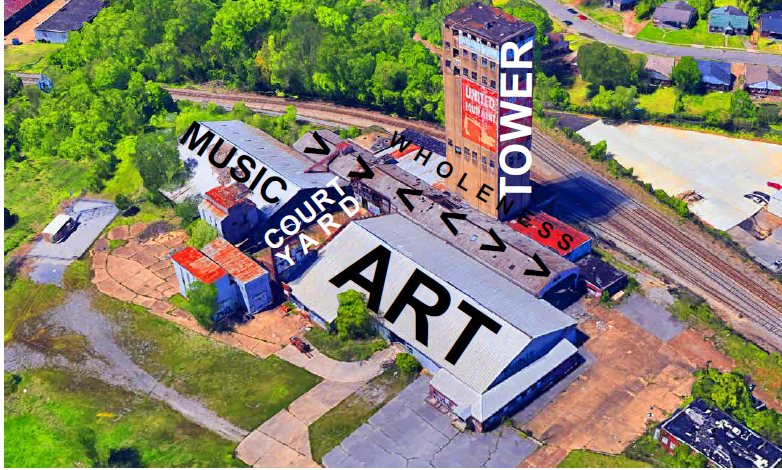
This abandoned United Equipment tower rises above the Orange Mound skyline: the first neighbourhood in the US built solely by and for African Americans. Taking on the herculean task of revitalizing the derelict concrete tower into a beacon of hope, artist Victoria Jones and music producer James Dukes purchased the site to transform it into a mixed-use development, including a creative incubator featuring galleries and performance spaces. With the development expected to contain 100,000 sq ft of space, Looney Ricks Kiss and Aaron Patrick Architects have completed the master plan. Jones and Dukes are currently seeking a lead architect to bring their vision to life, with construction planned for 2023.
Receive our daily digest of inspiration, escapism and design stories from around the world direct to your inbox.
Central Station Hotel, by Bounds & Gillespie Architects in association with Looney Ricks Kiss
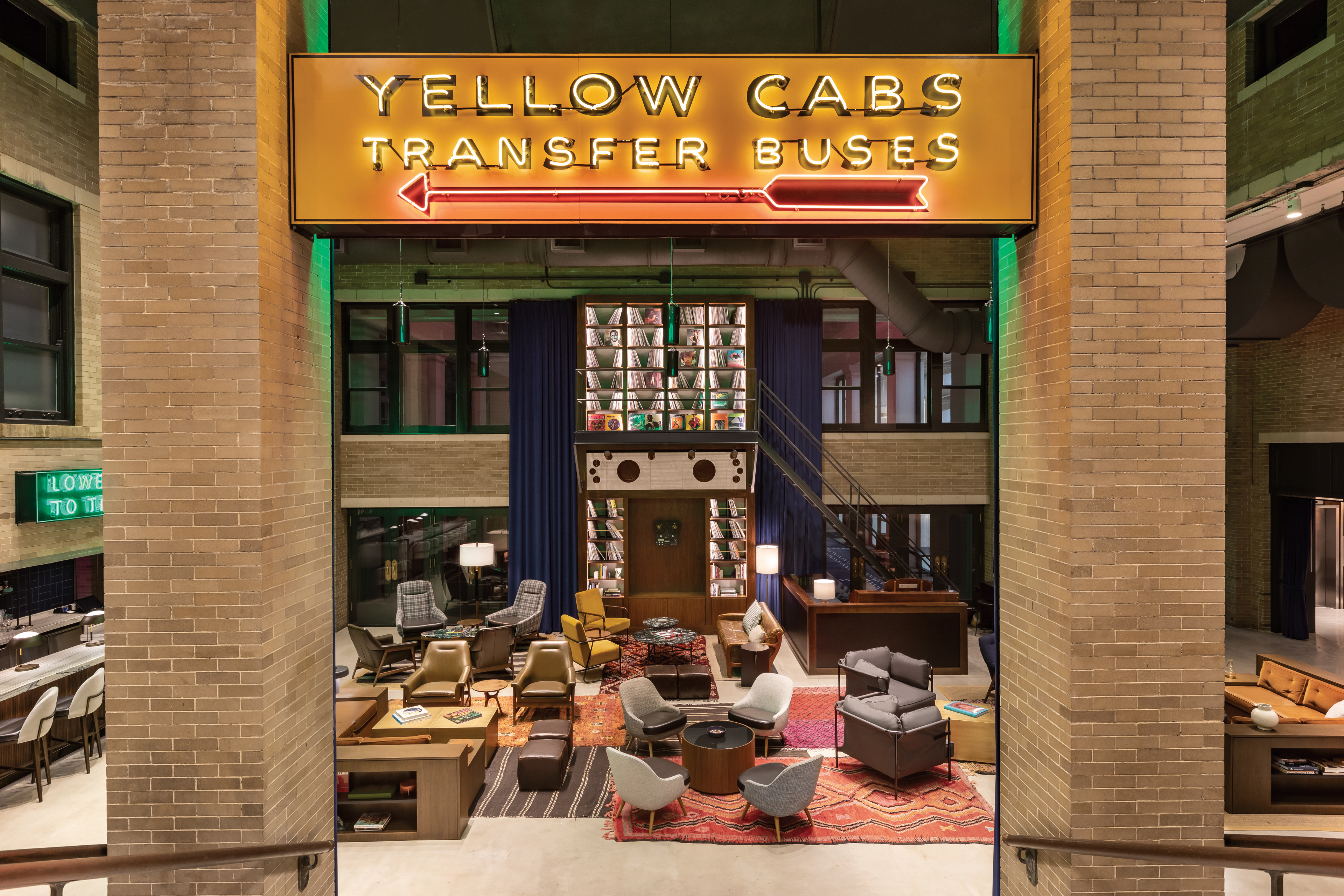
Memphis’ South Main Arts District is an area on the up, bolstered by the 2019 opening of Central Station Hotel in a renovated train station. Completion was no small feat, with the project needing to preserve the character of the 105-year-old building and incorporate a still functioning Amtrak ticket office, alongside operating as a hotel, restaurant and bustling lobby bar. The thread that weaves throughout is Memphis’ legendary music scene, from the high-tech EgglestonWorks listening lounge to the original train platform, reborn as a stage for local bands.
INFORMATION
-
 Prodrive updates its sleek racing simulator with new craft and fresh tech
Prodrive updates its sleek racing simulator with new craft and fresh techRace at home in style with the latest version of Prodrive’s racing simulator, now equipped with Bang & Olufsen sound
-
 A local architect’s guide to Joshua Tree
A local architect’s guide to Joshua TreeMirtilla Alliata di Montereale shares her favourite things to do to slow down, look closely, and discover Joshua Tree through a more intentional lens
-
 Art meets perfume in cross-disciplinary fragrance series Nez 1+1
Art meets perfume in cross-disciplinary fragrance series Nez 1+1Talents from film and fragrance come together to create Ansongo, the latest scent resulting from a creative matchmaking project by perfume revue Nez
-
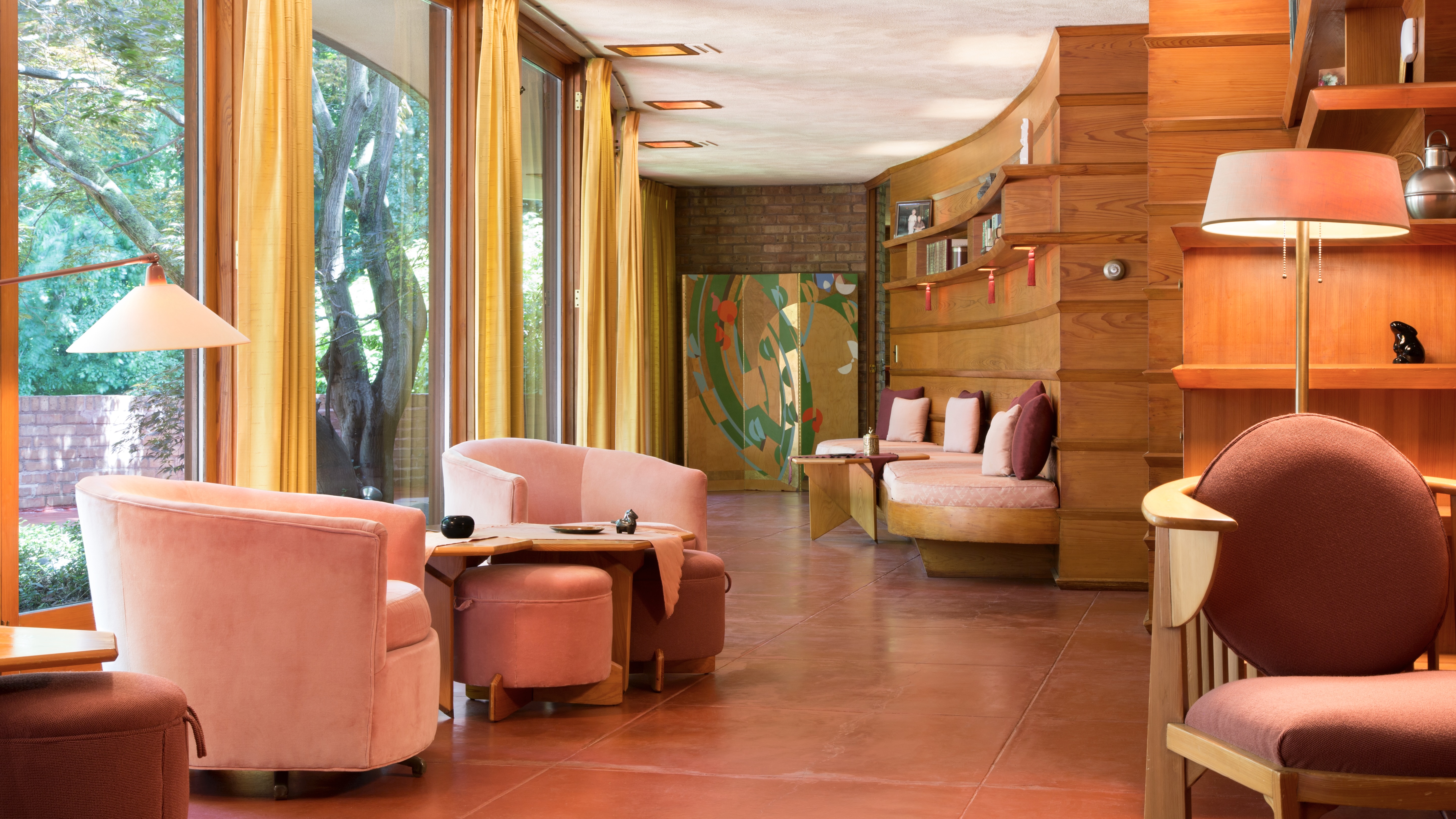 Inside Frank Lloyd Wright’s Laurent House – a project built with accessibility at its heart
Inside Frank Lloyd Wright’s Laurent House – a project built with accessibility at its heartThe dwelling, which you can visit in Illinois, is a classic example of Wright’s Usonian architecture, and was also built for a client with a disability long before accessibility was widely considered
-
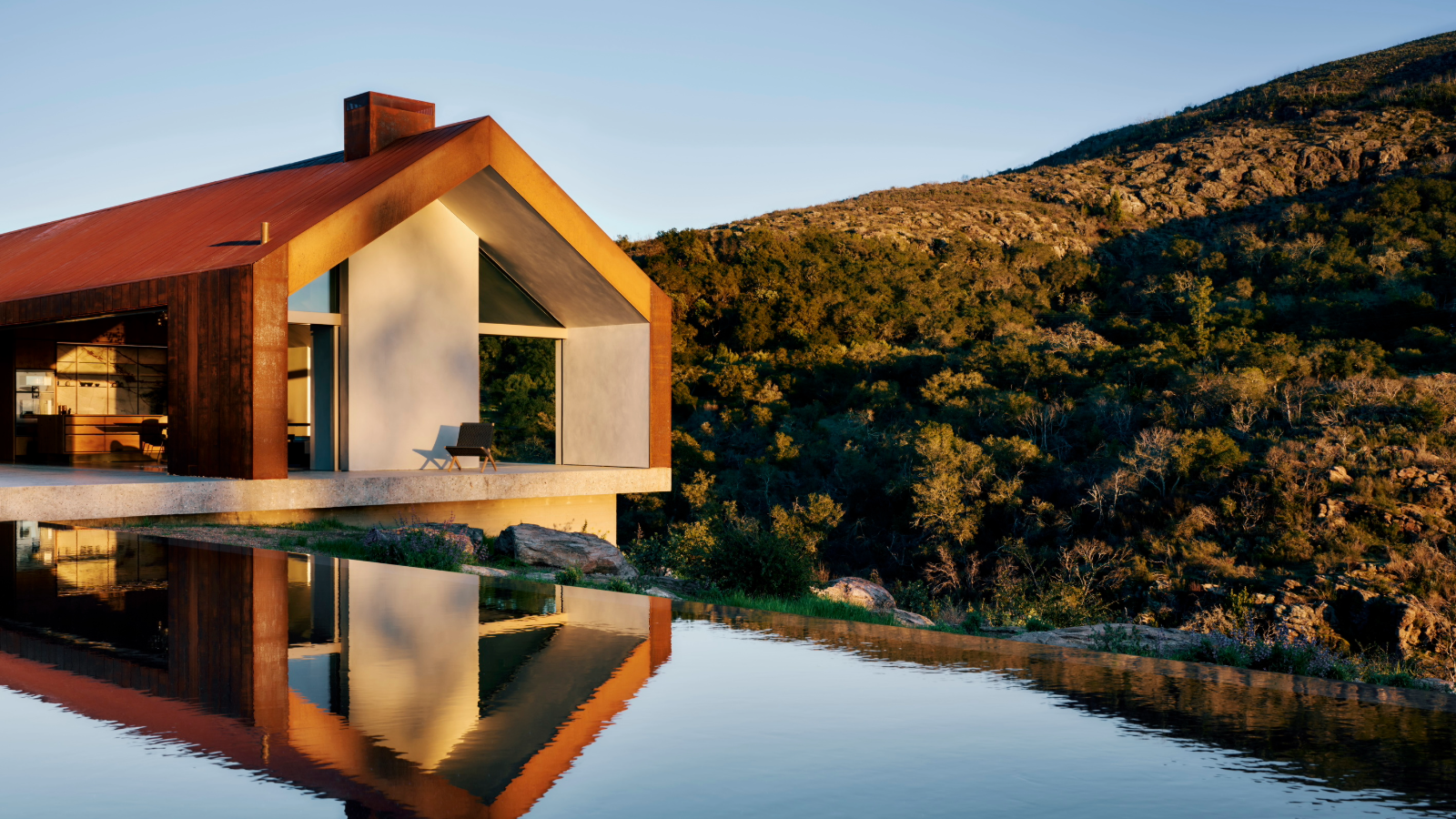 Tour this fire-resilient minimalist weekend retreat in California
Tour this fire-resilient minimalist weekend retreat in CaliforniaA minimalist weekend retreat was designed as a counterpoint to a San Francisco pied-à-terre; Edmonds + Lee Architects’ Amnesia House in Napa Valley is a place for making memories
-
 A New Zealand house on a rugged beach exemplifies architect Tom Kundig's approach in rich, yet understated luxury
A New Zealand house on a rugged beach exemplifies architect Tom Kundig's approach in rich, yet understated luxuryThis coastal home, featured in 'Tom Kundig: Complete Houses', a new book launch in the autumn by Monacelli Press, is a perfect example of its author's approach to understated luxury. We spoke to Tom Kundig, the architect behind it
-
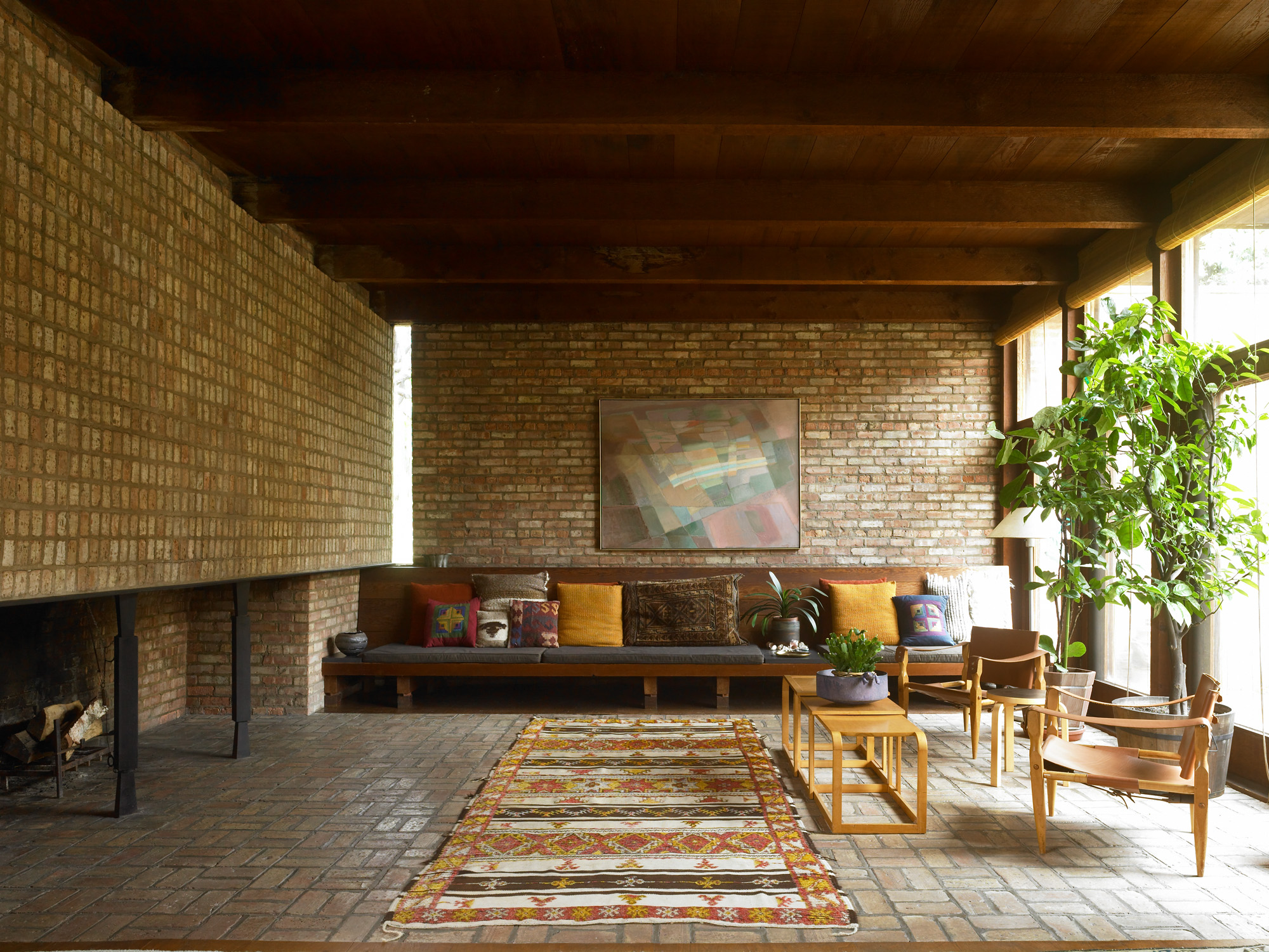 Tour architect Paul Schweikher’s house, a Chicago midcentury masterpiece
Tour architect Paul Schweikher’s house, a Chicago midcentury masterpieceNow hidden in the Chicago suburbs, architect Paul Schweikher's former home and studio is an understated midcentury masterpiece; we explore it, revisiting a story from the Wallpaper* archives, first published in April 2009
-
 The world of Bart Prince, where architecture is born from the inside out
The world of Bart Prince, where architecture is born from the inside outFor the Albuquerque architect Bart Prince, function trumps form, and all building starts from the inside out; we revisit a profile from the Wallpaper* archive, first published in April 2009
-
 Is embracing nature the key to a more fire-resilient Los Angeles? These landscape architects think so
Is embracing nature the key to a more fire-resilient Los Angeles? These landscape architects think soFor some, an executive order issued by California governor Gavin Newsom does little to address the complexities of living within an urban-wildland interface
-
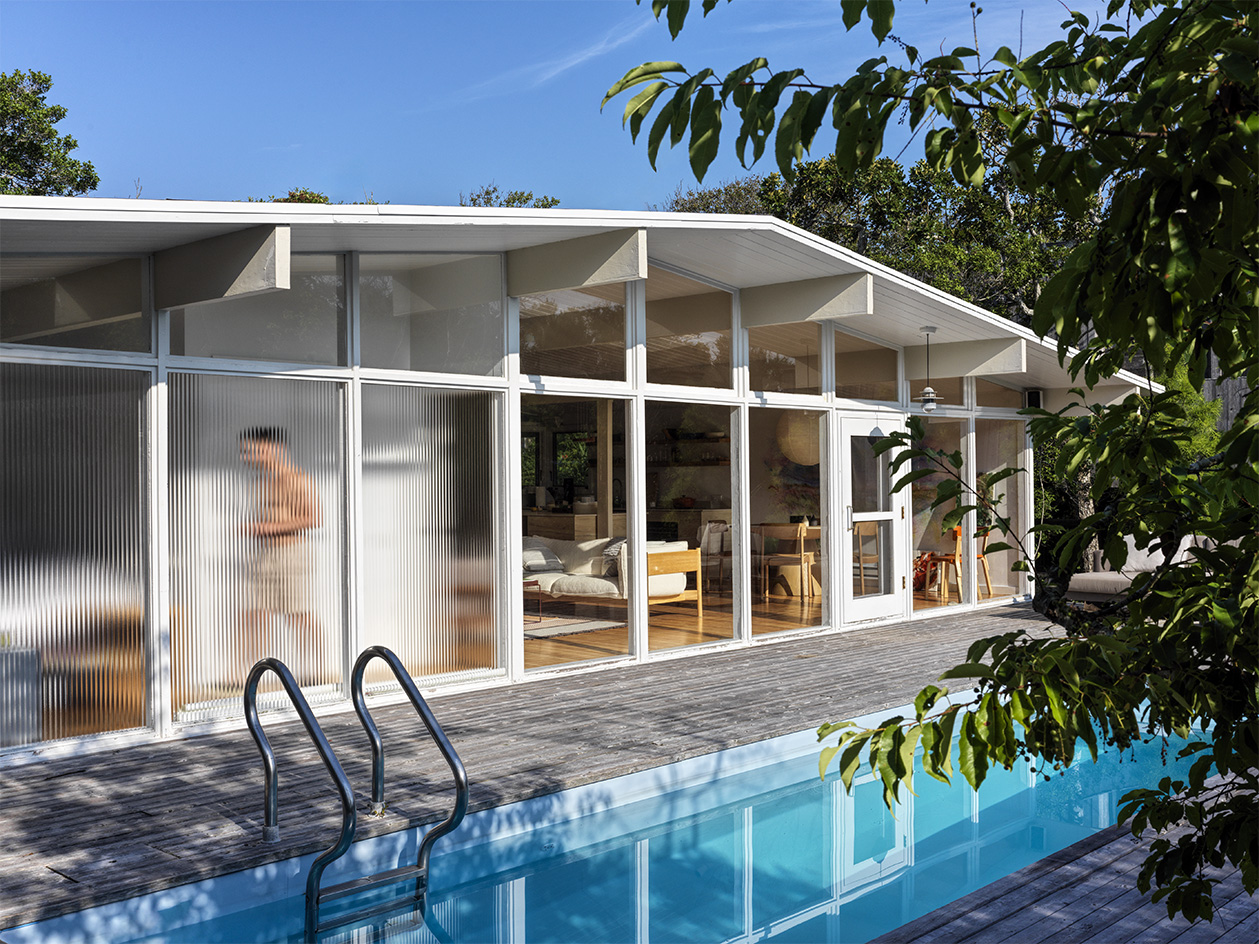 Hop on this Fire Island Pines tour, marking Pride Month and the start of the summer
Hop on this Fire Island Pines tour, marking Pride Month and the start of the summerA Fire Island Pines tour through the work of architecture studio BOND is hosted by The American Institute of Architects New York in celebration of Pride Month; join the fun
-
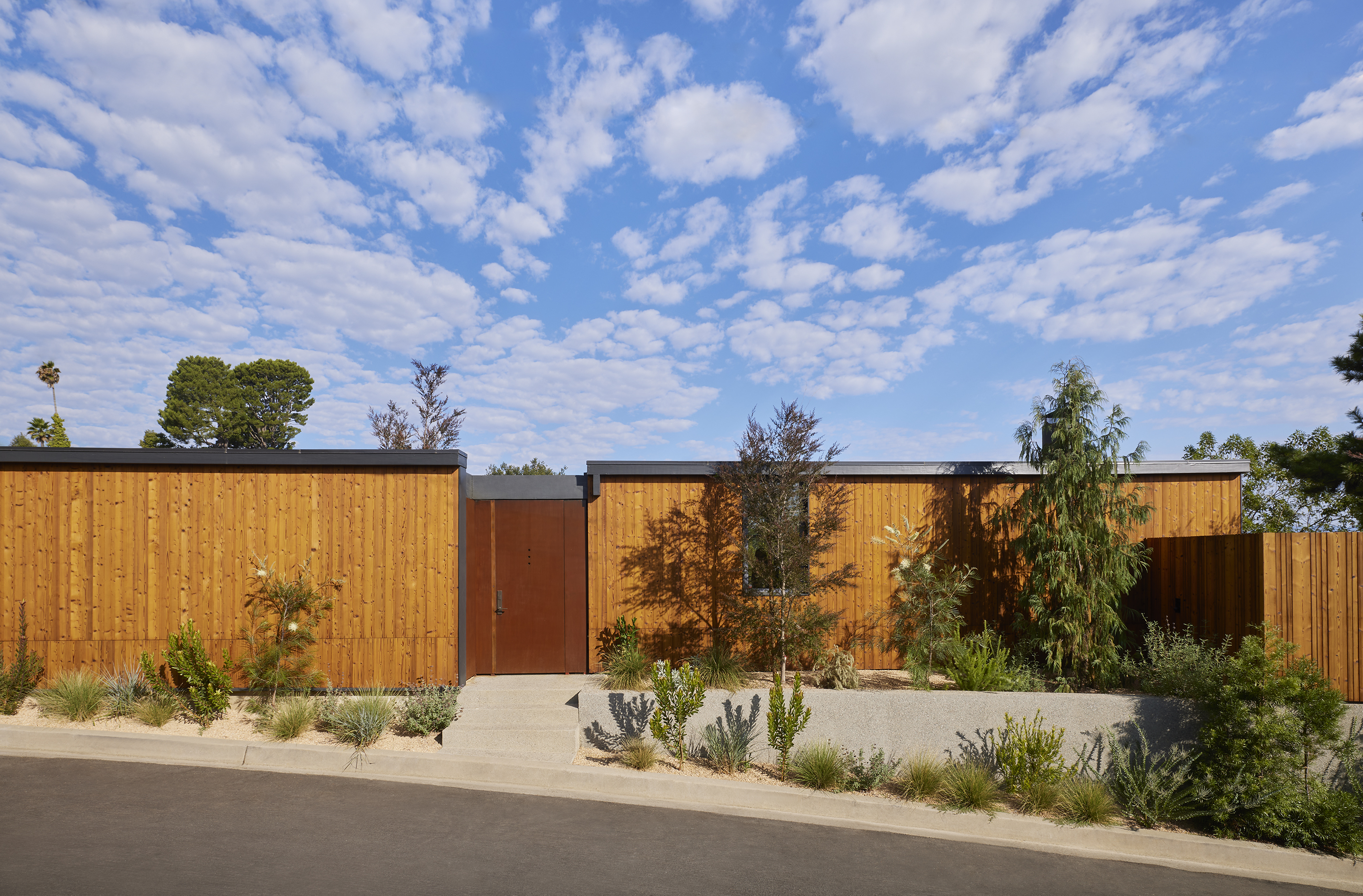 A Laurel Canyon house shows off its midcentury architecture bones
A Laurel Canyon house shows off its midcentury architecture bonesWe step inside a refreshed modernist Laurel Canyon house, the family home of Annie Ritz and Daniel Rabin of And And And Studio